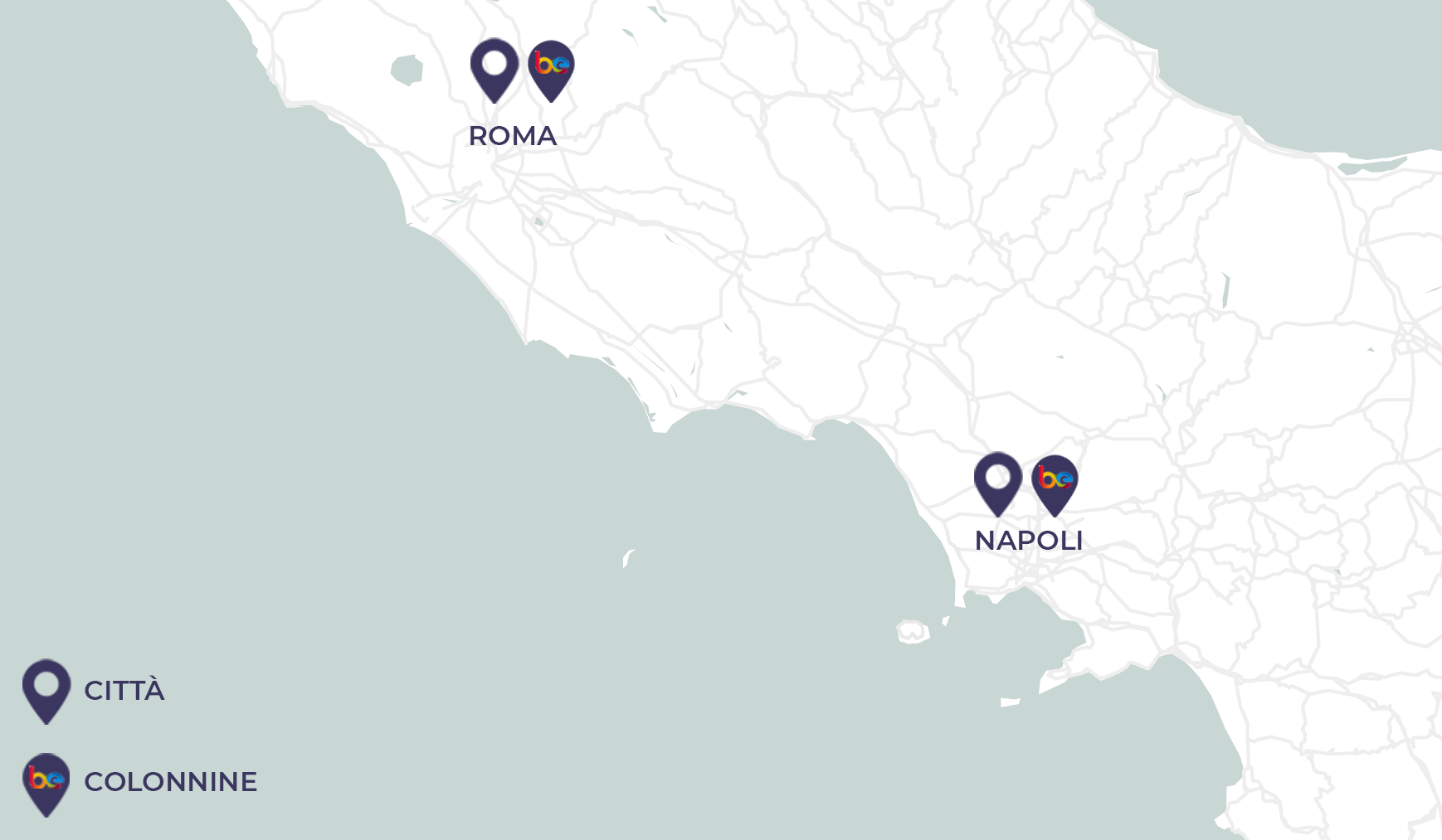Our electric journey in one of the most colorful regions of Italy
Travelling is always great, but with the arrival of the summer season it’s even better! Our electric journey this time takes us to one of Italy’s most colourful regions, Campania, and Naples.
Day 1: Departure from Rome and arrival in Naples
We leave Rome on a sunny Saturday morning. In just over two and a half hours we reach the Neapolitan city. After leaving the car at the parking lot of the Centro Direzionale di Napoli (in Viale della Costituzione 12), where you will find several Be Charge columns – our itinerary can begin.
Nestled at the foot of Vesuvius, Naples is a place where tradition meets modernity, where art, culture and food intertwine perfectly. Walking we arrive at Piazza del Plebiscito, one of the most famous and iconic squares in Italy, located a stone’s throw from the seafront of Naples.
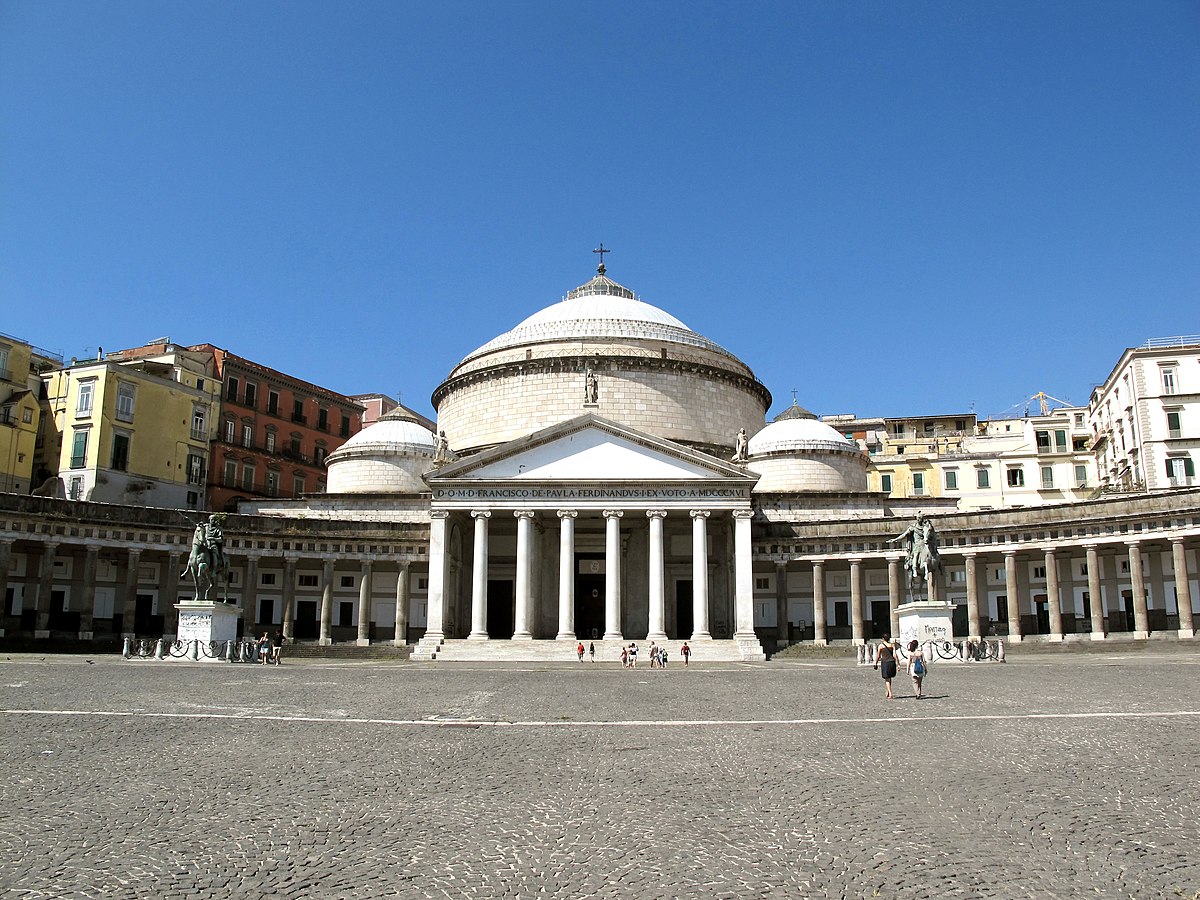
The name of the place is in honor of the Plebiscite, the moment when in 1860 the Kingdom of the Two Sicilies was united with the Savoy Piedmont. As we all know, Naples is not only a place rich in tourism, art and culture, but it is also home to Italian gastronomy. Right in Piazza del Plebiscito there is the oldest bar in the city, the Gran Caffè Gambrinus. We stop there for a sweet snack.
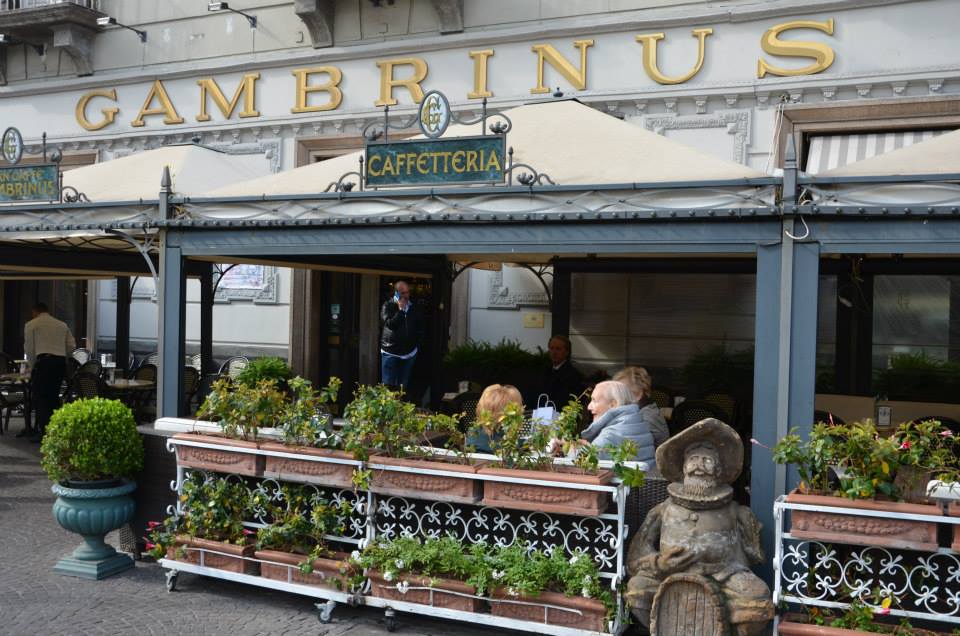
Once inside you can breathe the real Neapolitan life: the smell of sfogliatelle, pastiera and struffoli will fill your heart with joy: the real dilemma will be what to choose! Not to mention the coffee, which here tastes completely different. In the square you will also find the Royal Palace: it is a residence that for centuries has been a meeting place for the most important personalities of all Southern Italy.
On the external façade there are the statues of eight Kings of Naples: you will be amazed by the amount of frescoes, marbles, paintings, stuccoes and Neapolitan furniture made by the best local artists and concentrated in a single majestic palace.
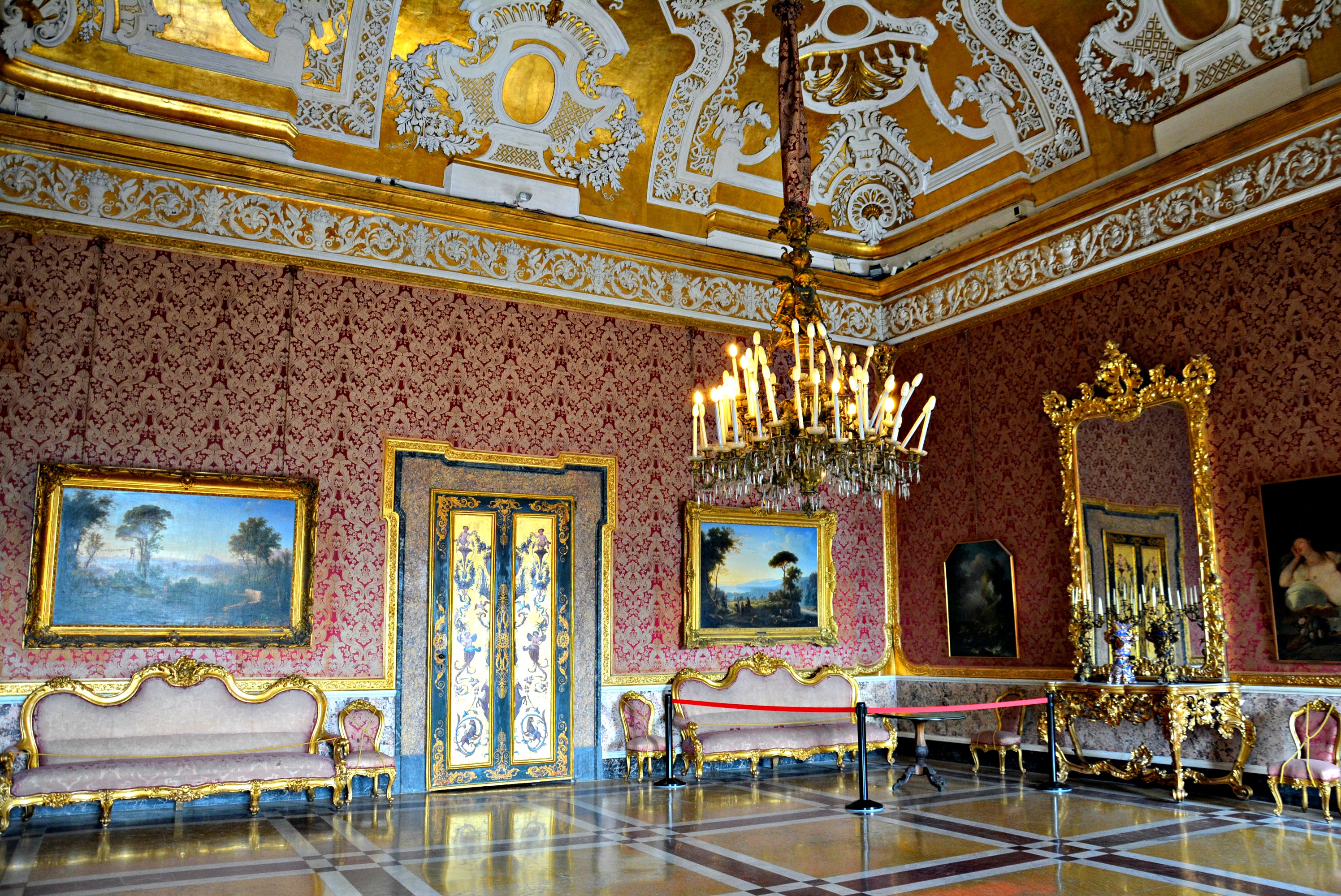
Palazzo Reale, NapoliIn the palace you will find more than 30 rooms that tell the story of the various royal families who lived over time this magnificent monumental building. Among the most impressive are the Sala d’Ercole, the Sala di Maria Cristina di Savoia, the Court Theatre and the Palatine Chapel.
Continuing our walk, from Piazza del Plebiscito we move towards the Galleria Umberto I. Built in just three years at the end of the nineteenth century, the Gallery was built in honor of Umberto I of Savoy, the King who managed to control the cholera epidemic that attacked Naples.
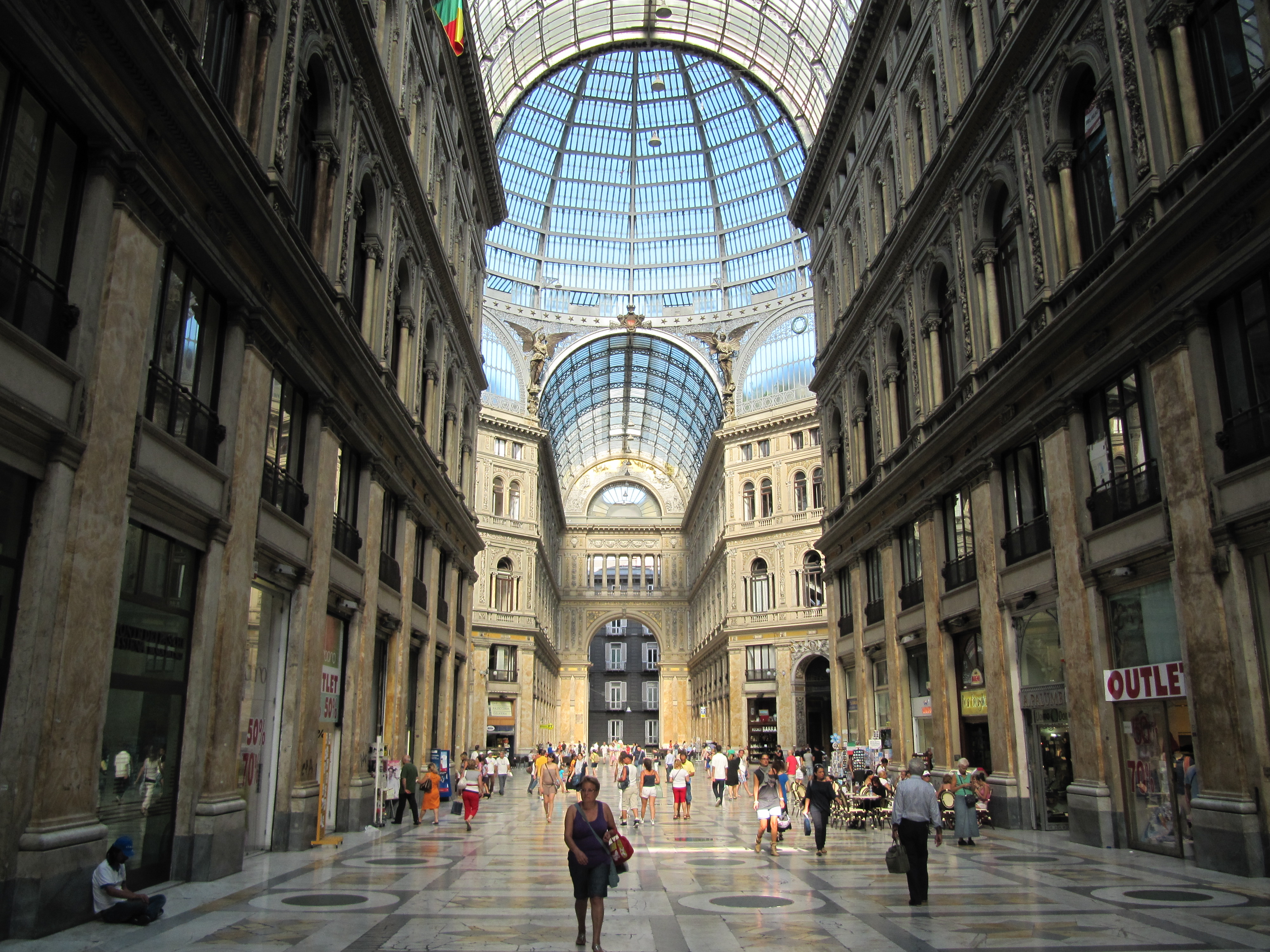
The Gallery is undoubtedly one of the best points of interest in Naples. Over the years it became the meeting place of the city bourgeoisie, so much so that the Sciuscià, an attendant whose task was to polish the shoes of the nobility, was always present.
Along this short walk is the oldest pizzeria in Naples, the place where margherita pizza was invented: Pizzeria Brandi. It’s not just about eating a simple pizza: the scent of basil, the crunchiness of the freshly baked dough, the taste of San Marzano tomatoes and mozzarella create a journey with the palate, a culinary experience difficult to replicate elsewhere!
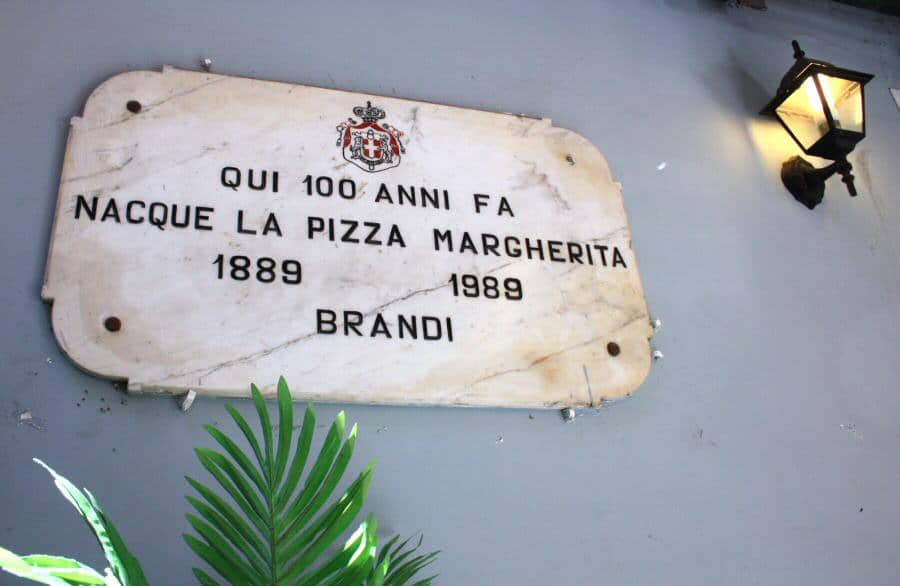
Leaving the Galleria Umberto I, you will find yourself surrounded by rivers of people engaged in shopping. Welcome to Via Toledo! This street is one of the most iconic places in Naples: 2 kilometers long, it connects Piazza Trieste and Trento to Piazza Dante. It was built in 1540 and its orientation corresponds exactly to the sundial of Naples. At noon the sun’s rays are perfectly aligned with the road.
Along this street, there are both historic shops and very famous brands, so you can satisfy everyone’s tastes. Via Toledo marks the beginning of the Spanish Quarters, which have recently been re-evaluated and made one of the most interesting places to visit in Naples. They were originally the place where Spanish soldiers lived in the sixteenth century. These neighborhoods tell the authentic history of the city.
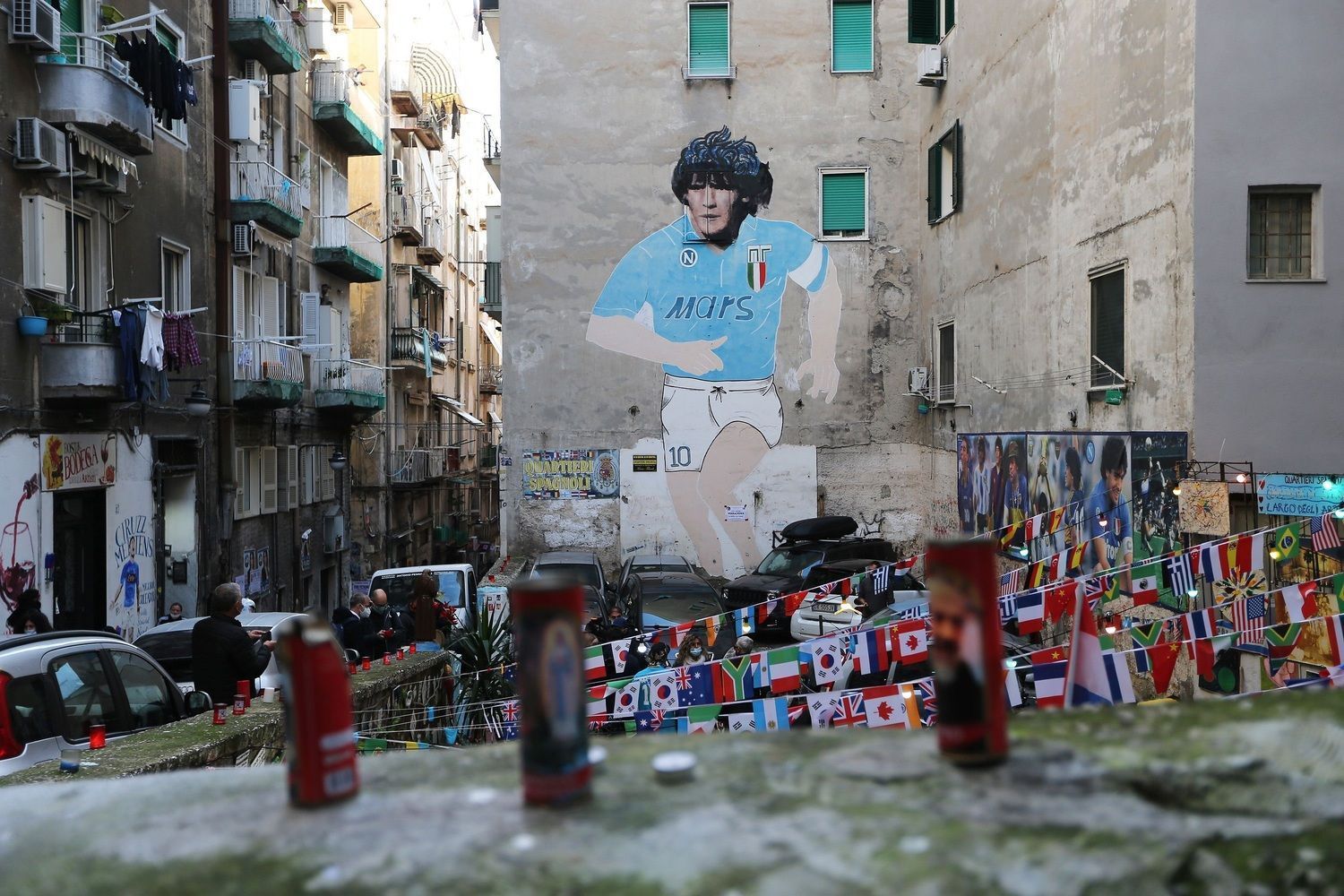
Here time seems to have stopped: it is a place of narrow alleys, fish and vegetable markets, clothes hanging on the streets, murals with the most important figures of the city such as Diego Armando Maradona and much more. If you want to walk through the picturesque streets of these neighborhoods, you have to do it on a full stomach and taste the typical street food of Naples.
We have chosen for lunch the cuoppo di mare, a cone with fried sea inside, but we recommend among other things the crocchè (potato panzerotti with ham and cheese), the fried pizza or the Macaroni omelette! For the more daring, just above the Spanish Quarters, there is the Belvedere di San Martino. From the Belvedere you can enjoy an enchanting view over the rooftops of Naples and admire Spaccanapoli from an exceptional position.
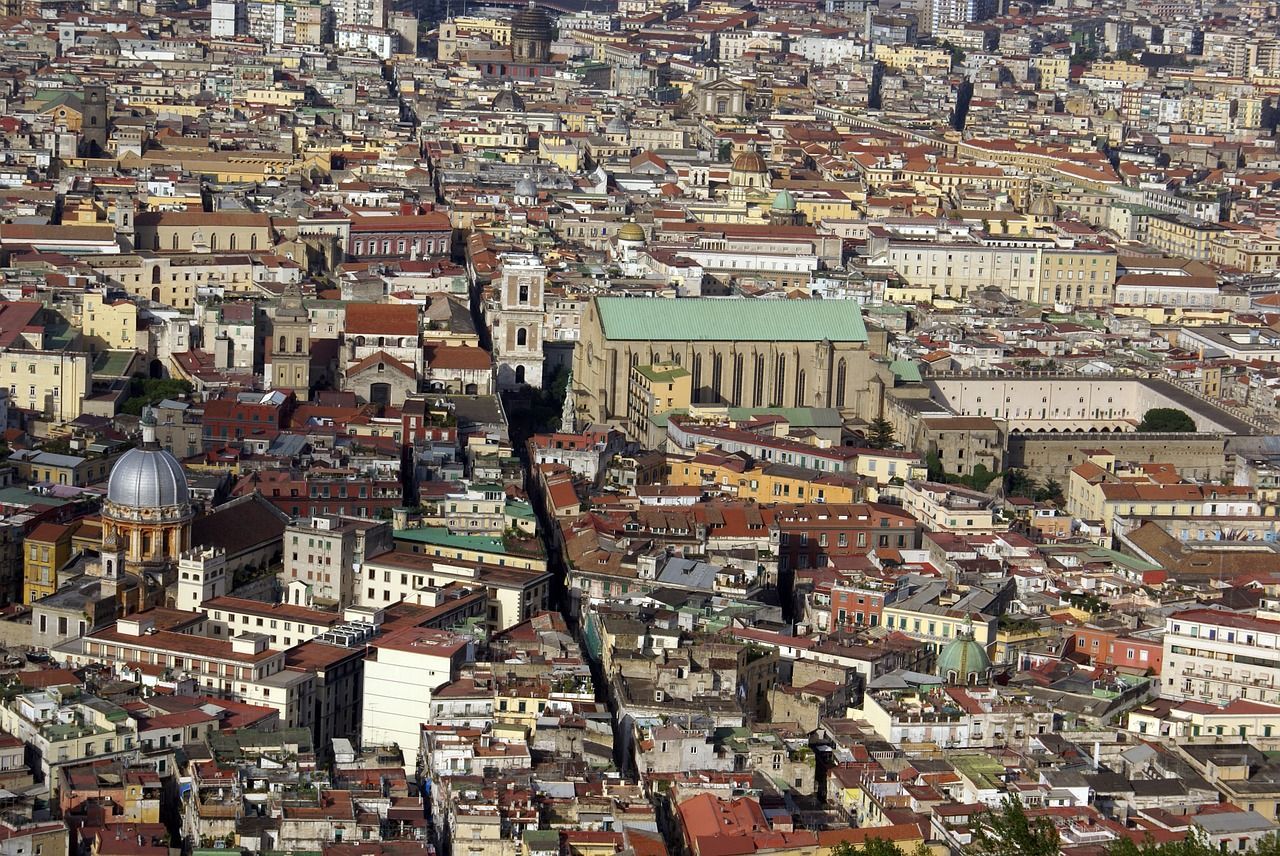
Along this road, you can admire the true essence of Naples, with a myriad of churches, artisans and artists living together. On this street, which is formally called Via Benedetto Croce, there are more than 20 drinking water wells dating back to Roman times. Its charm is such that it has been declared a World Heritage Site by UNESCO.
Continuing, always on Via Benedetto Croce, is the entrance to the Monastery of Santa Chiara. This imposing church, the largest Gothic-Angevin basilica in Naples is undoubtedly one of the most evocative places to visit in Naples.
The construction of the monument began in 1310 at the behest of King Robert of Anjou. However, it was destroyed by bombing during World War II and later rebuilt in the Gothic style. Once the visit is over, you can admire the remains of a Roman bathing establishment, very similar in shape to those of Pompeii!
From Spaccanapoli you can walk along Via San Gregorio Armeno. This is the ideal place to appreciate the skilful craftsmanship of the artisans who for centuries have been making nativity scenes and shepherds in terracotta entirely by hand.
The perfect time to visit this street is definitely the Christmas period, when all the artisans prepare the cribs according to the requests of their customers. However, this art can be admired at any time of the year. Prices vary depending on the type of request: from 10 euros for the simplest works to thousands of euros for those that recall the eighteenth century.
Finished Via San Gregorio Armeno, here is Via dei Tribunali. This is the oldest street in the city, a place not to be missed. The name of the street comes from the fact that there are 5 courts of the city. This street is undoubtedly the heart of Naples and has always been a very important road over the centuries.

In the center is in fact Piazza San Gaetano, initially built on the remains of an ancient Greek market, the agora, and later used as a court in Roman times. Just along Via dei Tribunali there are two unmissable attractions of the capital: Napoli Sotterranea and the Duomo, which we will visit tomorrow.
Exhausted by the long walk we sit in one of the many pizzerias in Via dei Tribunali to have dinner, and then return to our car and head to the hotel.
Day 2: Napoli sotterranea and Maschio Angioino
On Sunday morning we wake up with the desire for an excellent Neapolitan breakfast, which we enjoy before setting off again. Our tour starts again, towards Naples underground. The ticket for the visit in the Neapolitan underground has a cost of 10 euros, for a tour of about two hours, which can be accessed from Piazza San Gaetano.
Over the course of thousands of years of excavations to extract the rock for the construction of buildings, a real path has been created underground, consisting of tunnels and basins used both as wells to irrigate houses and as a hiding place during the bombings of the world wars.
Going down 136 steps, arriving about 40 meters underground, you will find several very interesting archaeological remains, such as the air raid shelters of the Second World War, the Gardens of the Hypogeum, the remains of the Roman Theater and beyond. Few other cities in the world can offer such a route.

Back on the surface we have lunch with an excellent wallet pizza around the Square. Continuing in a side street of Via dei Tribunali we find the majestic cathedral (or Duomo) of Naples, the Cathedral of Santa Maria Assunta. The building dates back to 1348 and its uniqueness lies in the fact that it contains architectural styles from very different eras, as it has often been restored due to several earthquakes caused by Vesuvius.
The styles range from Gothic to Baroque to Neo-Gothic, with an infinite number of embellishments by the most significant artists of the time, a place not to be missed for architecture lovers! Walking along the cliffs of Naples, you can not fail to notice a castle that stands on a small island of tuff, Castel dell’Ovo.
Its name derives from a legend according to which the poet Virgil placed an egg in the foundations of the building to support the entire castle, and on this egg depended both the structure of the castle itself and the fate of Naples. The castle is a place rich in history: it dates back to the first century a.C. and was inhabited by several famous people such as Romulus Augustus, the last emperor of the Western Roman Empire.

Even from the outside of the castle you can enjoy a priceless view of the Gulf of Naples, but it is only by entering the building that you will be amazed by the number of frescoes, columns and ogival arches. A show not to be missed if you want to discover the best things to do in Naples in two days!
Not far from Castel dell’Ovo we find Castel Nuovo (or Maschio Angioino), built at the behest of Charles I of Anjou (XIII century), to which the name of the palace also refers. It arose as a residence when the capital of the kingdom moved from Palermo to Naples. The Maschio Angioino is already a magnificent monument from the outside, which you can visit for a few euros. Inside you can fully admire the beauty and uniqueness of the castle.

The building consists of five towers and inside there are several rooms that over the years have hosted personalities such as Giotto, Petrarca and Boccaccio. But what is most striking are the prisons. In fact, a legend tells that between the prisons there is a tunnel that leads directly to the sea where, in the past, there was a crocodile with the aim of making the prisoners disappear without a trace.
At the end of our visit, our short tour is only one stop away, the Sansevero Chapel Museum. According to some it is the best museum in Italy. A visit to the chapel is an inner journey that every visitor makes. As soon as you enter you will be surrounded by a bright Carrara marble that will leave you stunned. Important works such as Disillusionment and Modesty surround the enchanting Veiled Christ, a representation of Christ’s suffering. It is an extremely complex marble work by Sanmartino, a young Neapolitan artist, made at the time in just three months.
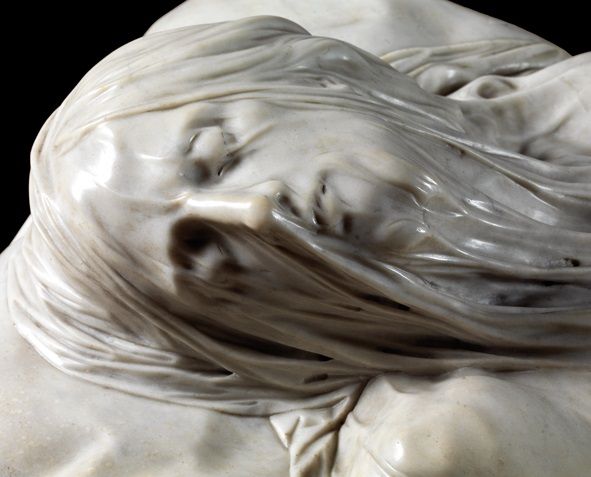
Tired but full of culture after these two days in a special land, we have dinner and recover our electric car, heading home.
